First National Bank
Introduction
Text-to-speech Audio
Originally built in 1887, this building housed the first financial institution in Hinton. The bank was originally known as the Bank of Hinton. This building housed the bank in 1900 when it became a national bank and was renamed First National Bank. It underwent heavy renovations in 1940 and now reflects that era in its architecture. The Art Deco motifs along the cornice and the above the main doorway are some of the Hinton Historic District’s best examples of this architectural style.
Images
First National Bank, circa 1890. Source: WV History OnView.
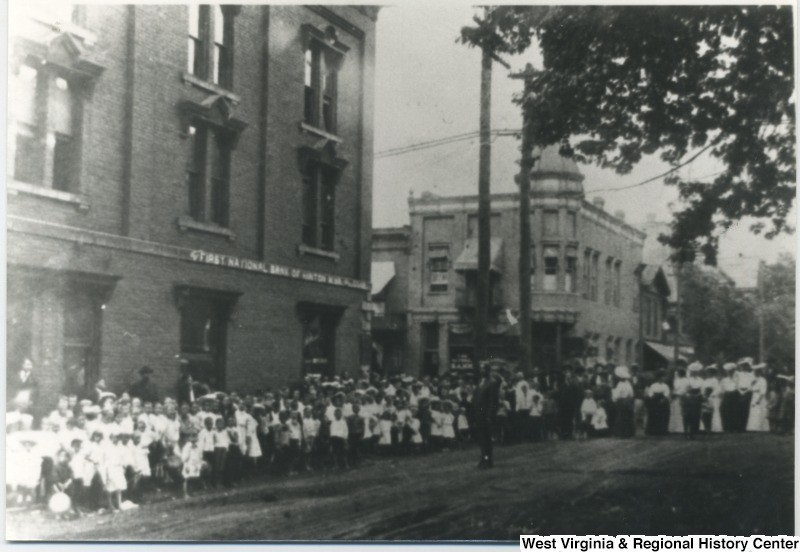
First National Bank, circa 1910. Source: WV History OnView.
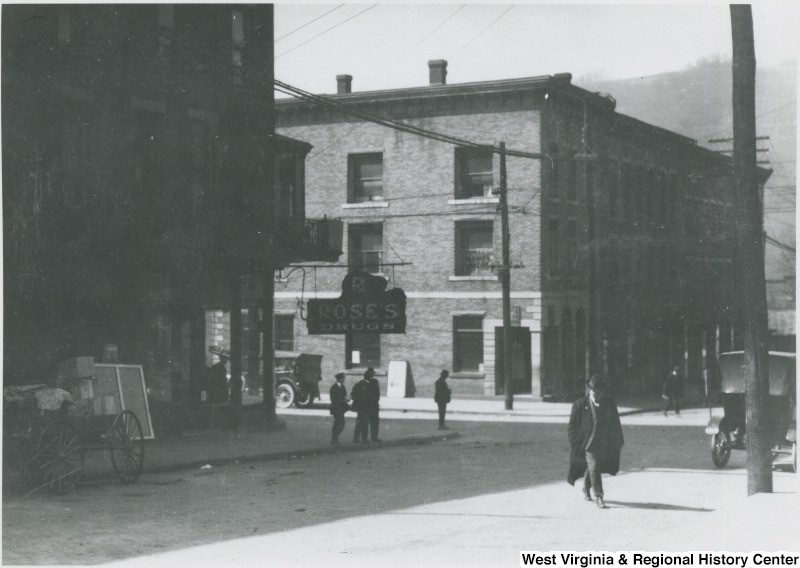
First National Bank, circa 1910. Source: WV History OnView.
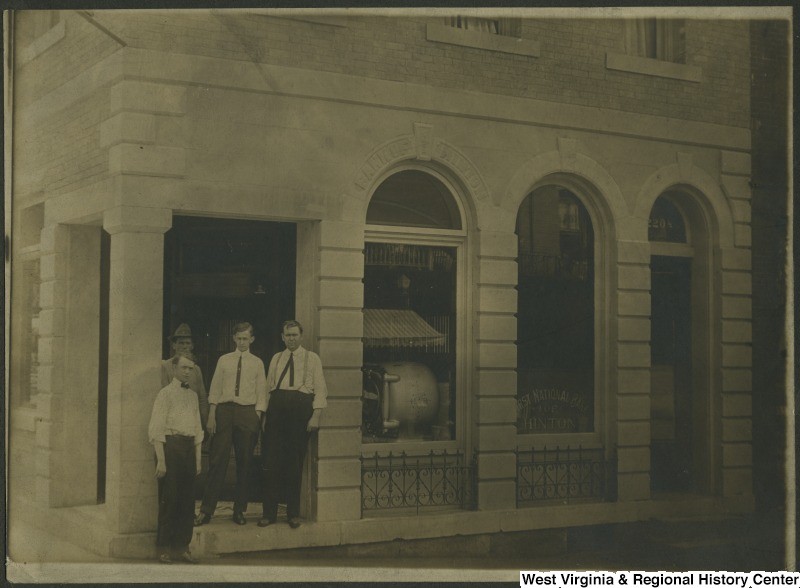
First National Bank, circa 1920. Source: WV History OnView.
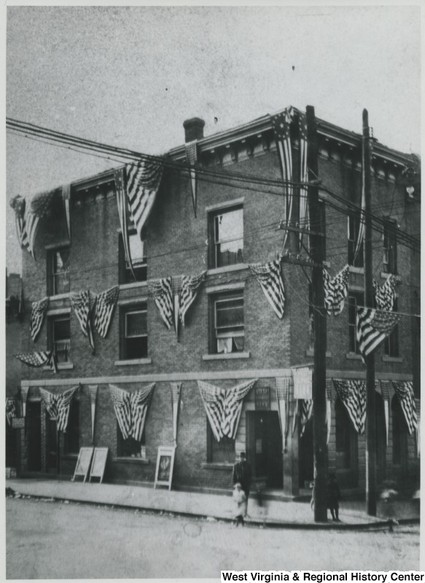
First National Bank, circa 1890. Source: WV History OnView.
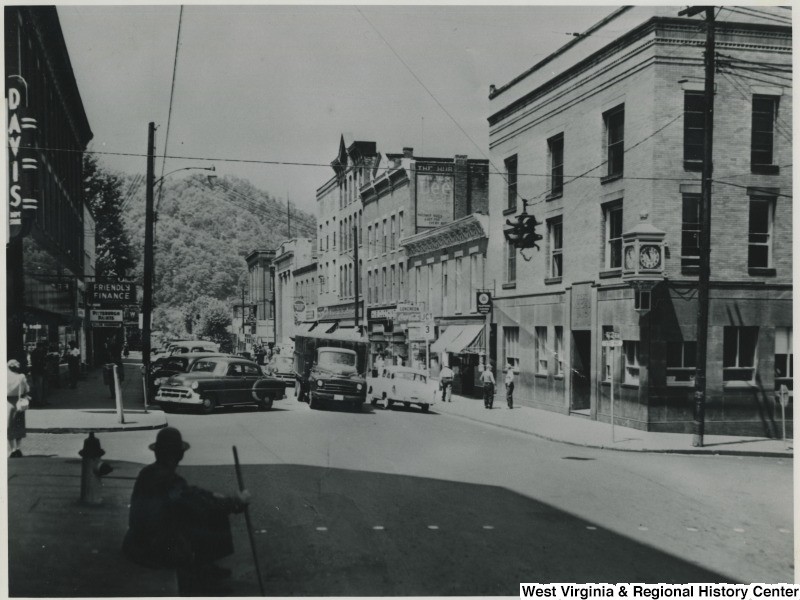
First National Bank, circa 1950. Source: WV History OnView.
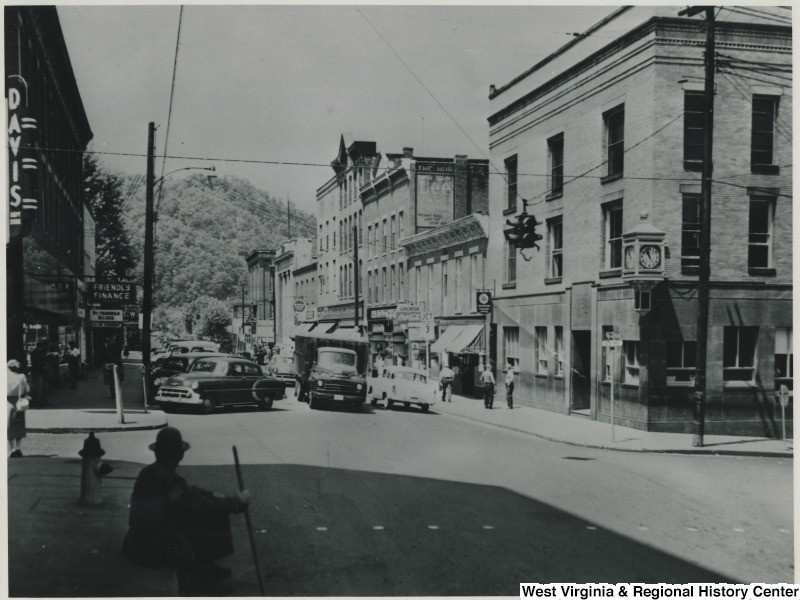
Backstory and Context
Text-to-speech Audio
The Bank of Hinton opened in 1887 with Azel Ford as its present. It was the first bank established in Summers county. In 1900, the bank became a national bank and was renamed First National Bank of Hinton. The bank moved to the corner of 4th and Temple streets in Hinton in 1974 [1].
Bank President Azel Ford was also a local land speculator. He purchased and built a row of homes on Summers Street between 2nd and 3rd Avenues as a speculative venture around 1900. According to one oral history, he was a land agent for Rolling Land Company, which speculated land in Summers and Raleigh Counties in the 1880s [2].
The building itself was built in 1887 for the Bank of Hinton [3]. Its original construction was influenced by the Neo-Classical Revival style, its elaborate window hoods were a hallmark of the architectural style. In the 1910s, a small renovation removed the window hoods and installed 1x1 single pane wood windows. Again in 1940, the building followed architectural trends to add Art Deco-style ornamentation. The stone facing with stepped doorframe and cornice decoration was added at this time. The corner clock was removed after the 1940 renovation and was relocated across the street in front of the Big Four Building.
Bank President Azel Ford was also a local land speculator. He purchased and built a row of homes on Summers Street between 2nd and 3rd Avenues as a speculative venture around 1900. According to one oral history, he was a land agent for Rolling Land Company, which speculated land in Summers and Raleigh Counties in the 1880s [2].
The building itself was built in 1887 for the Bank of Hinton [3]. Its original construction was influenced by the Neo-Classical Revival style, its elaborate window hoods were a hallmark of the architectural style. In the 1910s, a small renovation removed the window hoods and installed 1x1 single pane wood windows. Again in 1940, the building followed architectural trends to add Art Deco-style ornamentation. The stone facing with stepped doorframe and cornice decoration was added at this time. The corner clock was removed after the 1940 renovation and was relocated across the street in front of the Big Four Building.
Sources
[1] Robinson, Ed. Images of America: Summers County, 2003. p. 41.
[2] Dickens, Dennis. Azel Ford. October 3, 1997. Audio. Retrieved from the Library of Congress, https://www.loc.gov/item/cmns002019/.
[3] Miller, James Henry. History of Summers County from Earliest Settlement to Present Time, 1908. p. 245.
[2] Dickens, Dennis. Azel Ford. October 3, 1997. Audio. Retrieved from the Library of Congress, https://www.loc.gov/item/cmns002019/.
[3] Miller, James Henry. History of Summers County from Earliest Settlement to Present Time, 1908. p. 245.
